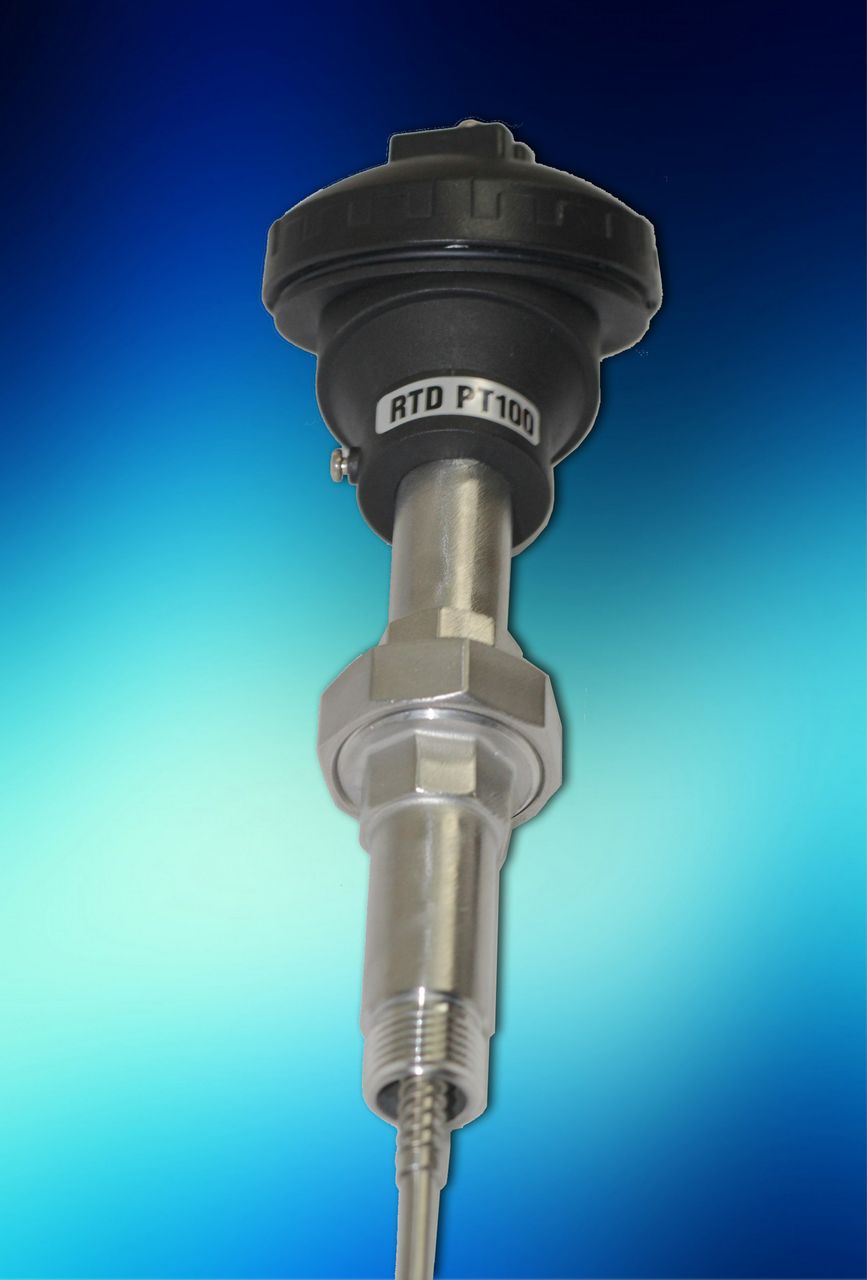1300 737 976
Call us
Live Chat
Call us

PT100s are a common choice for measuring temperature in industrial processes and laboratories. They are a popular choice due to their stability, accuracy and repeatability. They are frequently selected over thermocouples, due to the belief that they are more accurate. Whilst this is the case, it is usually not accuracy that a user is after, but repeatability. A user may see a slight variation in the temperature readout which may not be a critical issue. It is repeatability that is more critical so you can be assured to get the same result each time you take a temperature read out.
The PT100 is a highly accurate temperature sensor. It is a well suited sensor in a noisy environment, around generators, mechanical noise, motors and high voltage.
RTDs have become an industry standard. Historically RTDs were quite fragile, made of ceramic and fine wire. They did not handle vibration or shock well and were relatively expensive as compared to thermocouples. Applications need to be carefully analysed to ensure suitability. More recently RTDs are manufactured with a flat film element. These are inexpensive and less prone to the problems associated with the older style constructions. The flat film suffers from accuracy degradation as temperature goes up, however as the majority of applications are below 250oC, this is not a major issue.
The price of RTDs typically were 20-30% higher than a thermocouple, plus when you moved into devices capable of measuring very high temperature, they would become quite expensive due to the materials required and construction techniques. With the innovations over the past 10 years, elements are less expensive and more robust.
For lower temperature measurement, with RTD prices coming down, typically a PT100 has become the industry standard.
There are many types of RTDs, however PT100 – IEC751 has become the most widely used. For specific applications Pt1000, Nickel and Copper elements can be supplied. The Pt1000 eliminates the requirement for leadwire compensation, and the other elements will typically be replacements for system that were installed many years ago.
Advantages
Disadvantages
Copyright © 2022 Created by Pepper Digital
Disclaimer – Images for illustrative purposes only and may not be representative of the actual resolution of the camera shown.